You might have heard about stretch mark oils and prenatal vitamins as standard parts of pregnancy and birth.
But how about eating your own placenta? It might seem a little out there, but it’s definitely becoming a postnatal trend.
It has been thrown into the spotlight in recent years by celebrity mums, such as Rochelle Humes, Coleen Rooney and Kim Kardashian posting about eating their placentas on social media.
Kim Kardashian said that ingesting her placenta gave her a ‘surge of energy’ and made her ‘feel really healthy and good’.
Why are new mums choosing to eat their placentas?
Many mums choose to eat placenta to ward off or minimise the symptoms of postnatal depression.
It is believed by some new mums that the placenta contains nutrients, such as iron, selenium and zinc, which can boost mood and also help new mums with milk production. Kim Kardashian writes:
I really didn’t want the baby blues and thought I can’t go wrong with taking a pill made of my own hormones—made by me, for me.
Other mammals eat their placentas.
Eating the afterbirth is something that almost all mammals do naturally. Only aquatic mammals refrain from eating their placenta.
No one knows exactly why animals eat placenta. Some scientists believe that it is to clean their nests to ensure predators are not alerted to the presence of a newborn.
Others think the placenta must contain beneficial hormones and nutrients that help the mother after birth.
Studies on rats have shown that eating the placenta can enhance the effects of the natural pain relieving opiates the body produces after birth.
Because eating your placenta is something that happens naturally in the animal kingdom, many mums believe that it is natural and beneficial for them to do so too.
Can eating the placenta really help with PND?
There is little scientific evidence that eating placenta is beneficial for humans. Some studies show that many of the nutrients and hormones in the placenta are destroyed when the organ is exposed to heats of over 40 degrees.
This happens when placentas are heated, for example in the encapsulation process to turn them into pills, leading to many of the nutrients and hormones being removed.
It has also been argued that to get any benefits from eating the placenta, humans would have to do what animals do and eat placenta entirely, straight after birth. A postnatal meal of raw placenta is not likely to replace that of tea and toast on maternity wards anytime soon!
However, despite little or no scientific evidence, there is much anecdotal evidence from mums who swear that eating their placenta improved their mood and made them feel energised. Coleen Rooney said:
[The placenta pills] definitely made me feel energised. I felt full of very positive energy and it helped with a number of pregnancy symptoms such as the produce of milk.
Is it safe to eat the placenta?
There have only been a few small studies on the placenta and what it contains after birth but they have thrown up the question about whether eating it could mean ingesting potentially harmful substances.
This is because the placenta takes waste away from the baby and delivers it back to the mother to be removed by her own body. The placenta may build up some toxic waste, such as lead and mercury. The studies have shown that the concentrations of these toxins would likely be small and within safe limits.
Another thing to be aware of is the possible risk of contamination. Holly Willoughby spoke about why she decided not to eat her placenta after the birth of her third child. She said:
Unless you’re willing to chop it up and eat it there in its raw form – which is the only way I can think that it can’t be contaminated – there are lots of things that can contaminate it. Although it may even get contaminated after you’ve given birth, in the hospital where you’re having it.
However, studies have been few and on a small scale so there is no conclusive evidence (apart from anecdotal) of either the benefits or possible harm to you, if you eat placenta. One thing that anyone who is planning to eat placenta should bear in mind is that they will go off quickly and should be treated like any other raw meat, when it comes to storing, freezing and cooking them.
If you choose to eat your placenta, here are 5 ways you can try it:
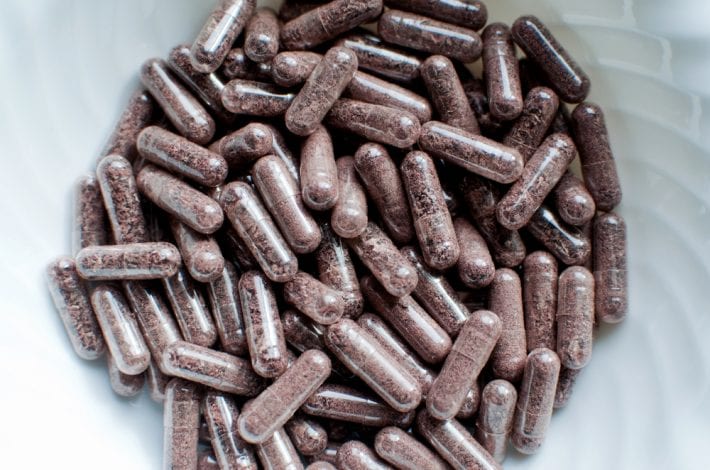
Placenta pills
By far the most common way of ingesting the placenta. There are many companies in the UK, who can arrange to pick up your placenta. They will then cook, dehydrate and grind it into powder to turn it into pills, which you can take daily.
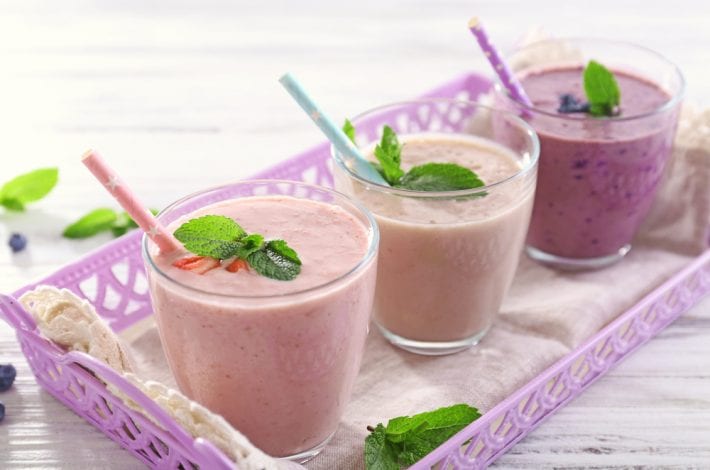
Placenta smoothies
If you want to prepare or cook your placenta yourself, you first have to clean it. Do this by running it under water until all the blood has drained and it is pink. You then have to cut away the umbilical cord and membranes. If all that sounds a bit grisly then you can hire companies who will clean your placenta for you.
To make a smoothie simply add pieces of raw placenta to any smoothie recipe that you like and blend well. There are some nice recipes here, including a peanut butter and chocolate smoothie and one made with strawberry and banana.
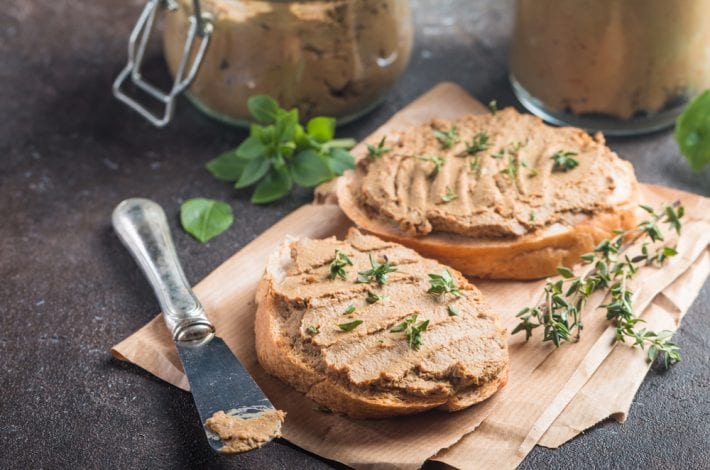
Make a pâté
In 1998 celebrity chef, Hugh-Fearnley Whittingstall, cooked up a storm of controversy after he fried a new mum’s placenta on a Channel 4 TV show.
He made it into pate, which he served to a group of 20 of the new mum’s family and friends on focaccia bread. If you want to try making your own pâté then replace liver in a recipe with placenta and try adding garlic and shallots to create a nice flavour.
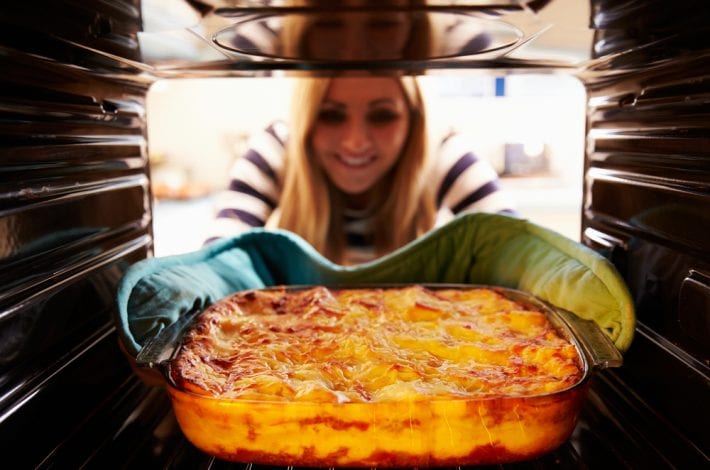
Make plasagne
A US TV show, The Katering Show featured an episode where two ‘Yummy Mummies’ made a lasagne using placenta to create a new plasagne recipe.
They fried and minced the placenta and added chopped onions, herbs and tomato puree and then simply replaced one layer of cheese with a layer of minced placenta.

Placenta truffles
Everything tastes better with chocolate and many mums are making truffles out of their placentas to make them more palatable. Some placenta encapsulation companies have added truffles to their product lines.
So, if you don’t want to make them at home, you can get your placenta chocs delivered. If you do fancy making them yourself there are plenty of recipes online and videos on YouTube to show you how.
 Are you getting ready for baby’s arrival?
Are you getting ready for baby’s arrival?
Ask our community any last-minute questions in the Bump Club Pregnancy Chat Room.
Share advice and experiences in this pregnancy chat forum exclusively for expecting mamas.
References
- “Behind the scenes Kim Kardashian eating my placenta” KKW
- “Placentophagia in Humans and Nonhuman Mammals: Causes and Consequences”, Taylor and Francis Online
- “Placenta smoothie recipes”, Midwife the documentary
- “Placentophagia in humans and nonhuman mammals: causes and consequences.” National Centre for Biotechnology Information
- “Coleen Rooney: Taking placenta pills left me feeling energised – but they did taste a bit metallic”, Mirror
- “Selected Persistent Organic Pollutants in Human Placental Tissue from the United States”, National Centre for Biotechnology Information

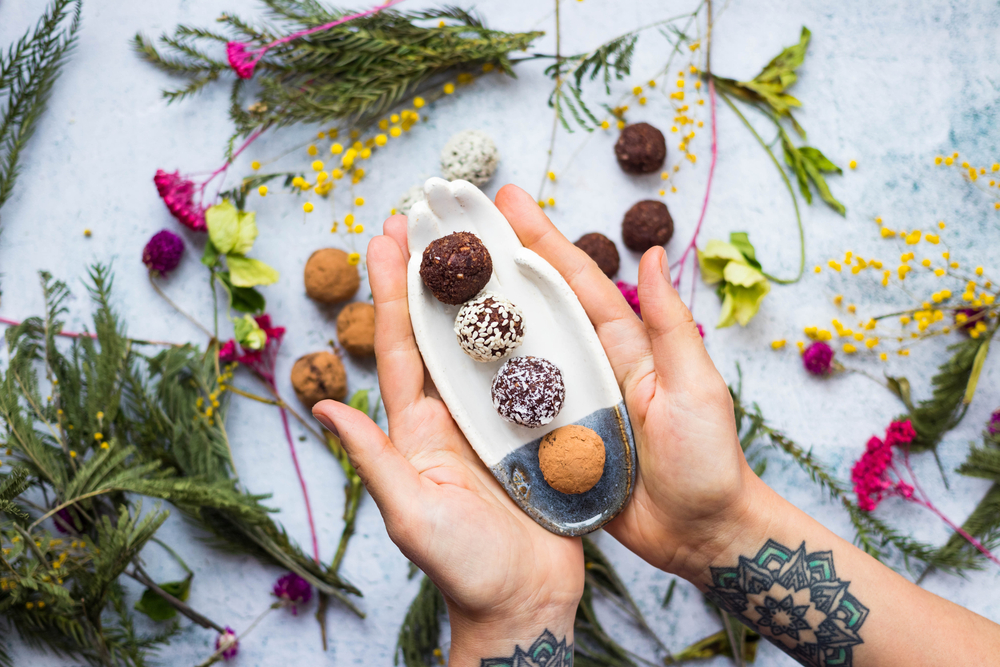
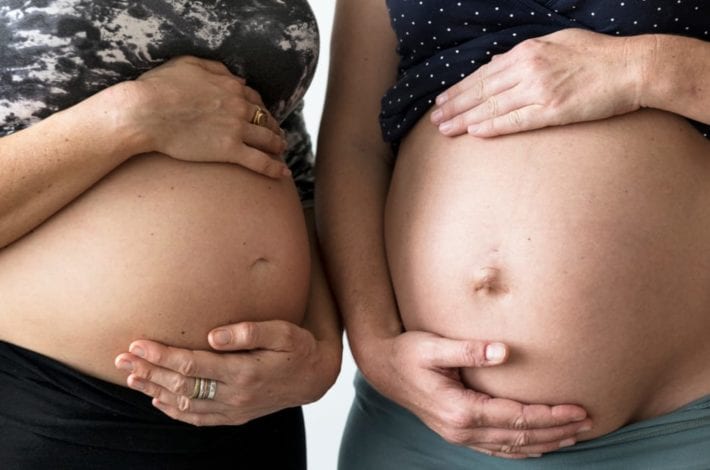 Are you getting ready for baby’s arrival?
Are you getting ready for baby’s arrival?